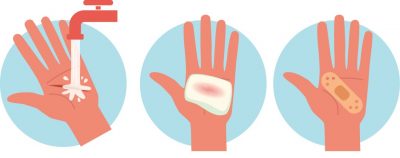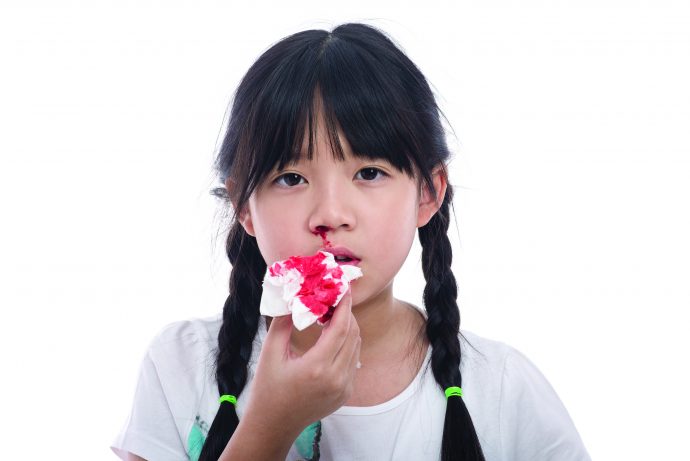Being a parent to a child with haemophilia, or any genetic disorder for that matter, requires various lifestyle adjustments to ensure healthy and lively years for your child. Here are some ways parents can help ensure healthy years for children with haemophilia.
The basics of haemophilia
Haemophilia is a hereditary (genetic) blood disorder, where the blood does not clot properly due to a lack of certain blood proteins known as clotting factors. Generally, there are two main types of haemophilia which are based on which clotting factor is lacking: Haemophilia A (lacking factor VIII) and Haemophilia B (lacking factor IX).
In addition to this, the severity of haemophilia can range from mild to severe, depending on how much clotting factor is lacking. For example, those who lack a significant amount of a clotting factor will present with a severe case of haemophilia.
Symptoms and complications of haemophilia
Individuals with haemophilia can experience bleeding that is spontaneous (i.e. occurring without trauma, especially in severe haemophilia) and uncontrollable following an injury. It can even lead to death if vital organs are involved.
Other common presentations include bleeding into the:
- Skin – causing bruising and swelling
- Joint – leading to joint pain, swelling, and deformities
- Muscles – leading to muscle contractures (shortening) if not treated adequately
- Nose and gums
- Urine and stool (occasionally)
What precautions should parents take?
- Regular treatment. Children with severe haemophilia should be on regular treatment to supplement the lacking clotting factor. This is known as prophylaxis treatment.
- Early treatment. If bleeds occur, parents should learn to treat them early and know when to seek medical help.
- Avoid injury-prone activities. Keep your child away from participating in injury-prone activities or sports like rugby, karate, rock climbing, etc.
- Medical identification. Ensure your child wears medical identification in case of an emergency.
- Avoid certain medications. Speak with your child’s doctor about avoiding certain drugs as they may interfere with blood clotting (e.g. aspirin, ibuprofen).
How to manage haemophilia in children?
Dealing with minor cuts or scratches
Rinse the wound with water, apply pressure to control the bleeding, and put a plaster over the wound.

Dealing with joint pain and swelling
Follow the R.I.C.E technique:
- Rest – Stop any physical activity
- Ice – Apply an ice pack
- Compression – Apply compression with a bandage
- Elevate – Raise the affected body part above the level of the heart
It is also important to treat your child with the missing factor and to contact the child’s haemophilia nurse or doctor. Once the pain has subsided, perform exercises (as recommended by your child’s physiotherapist).
In the event of an emergency or serious accident
Infuse your child with the clotting factor to control bleeding and seek emergency treatment immediately.
Haemophilia can lead to serious bleeding complications in children. Establishing a plan ahead of time and taking the right precautions can better prepare parents to deal with emergencies. With the right treatment plan, your little one too can grow up to be a healthy, independent adult.







Comments